A food allergy powerhouse: Northwestern’s Global Food Allergy Prevention Summit 2024
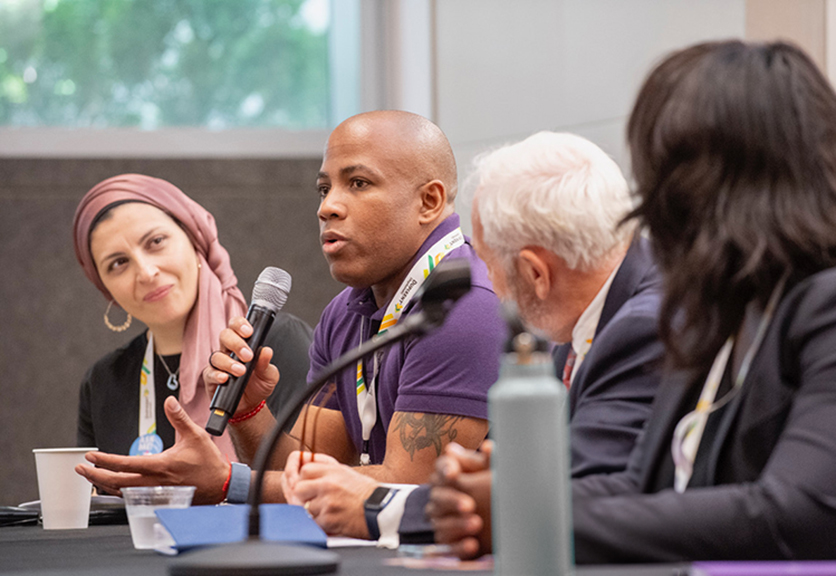
By Maggie Goldman, Julia Valaika, and Cate Weiser
July 9, 2024
Northwestern University’s Center for Food Allergy and Asthma Research (CFAAR) hosted its second annual Global Food Allergy Prevention Summit (GFAPS) this month, drawing clinicians and researchers from around the world to strategize the future of food allergy prevention research.
This year’s summit, held from June 30 to July 2, expanded its focus by offering three distinct sections: the Pediatric Food Allergy Care Conference (PFACC), the Summit for Advancing Equity in Food Allergy (SAEFA), and GFAPS workshops. That growth was spurred largely by the overwhelmingly positive response to last year’s event, with participants eager to maximize the summit’s unique collaborative structure.
Ruchi S. Gupta, MD, MPH, director of CFAAR and professor of pediatrics at the University Feinberg School of Medicine, welcomed attendees and emphasized the need for international collaboration to shift the paradigm on food allergy prevention.
“Food allergy impacts 32 million Americans, about one in ten adults and one in thirteen children,” said Gupta. “Those people are the reason we’re here — to work together, gain knowledge, and share ideas about how we can make the world better for each and every one of them. We’re here to move the needle on prevention and change the course of food allergy.”
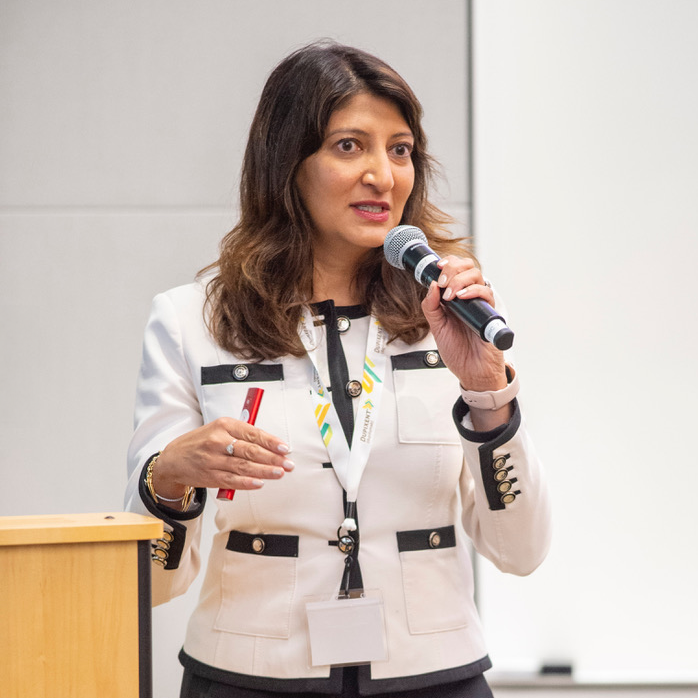
Food allergy impacts 32 million Americans, about one in ten adults and one in thirteen children. Those people are the reason we’re here.”
Attendees travelled from as far as India, Australia, England to participate in the event, offering their perspectives as allergists, pediatric care providers, researchers, industry partners, and patient advocates.
Alkis Togias, MD, chief of the Allergy, Asthma and Airway Biology branch at the National Institute of Allergy and Infectious Diseases (NIAID), gave a welcoming address, underscoring the urgency of the summit’s mission.
“This summit has become such an important event for this field,” said Togias. “To be able to meet and discuss and offer ideas about advancing allergy prevention research—that’s endlessly valuable.”
Each of the three conferences offered a different experience for attendees, with the first two (SAEFA and PFACC) holding traditional seminars. In contrast, GFAPS organized a day of intense workshops where guests designed and then proposed five new studies. The six working groups focused on aspects considered essential to transforming food allergy prevention:
- Early dietary influences on food allergy development
- Molecular mechanisms of food allergy prevention
- Influences on gut microbiome
- Skin: barrier or pathway to food allergy development
- Early treatment and secondary prevention
- Environmental Factors
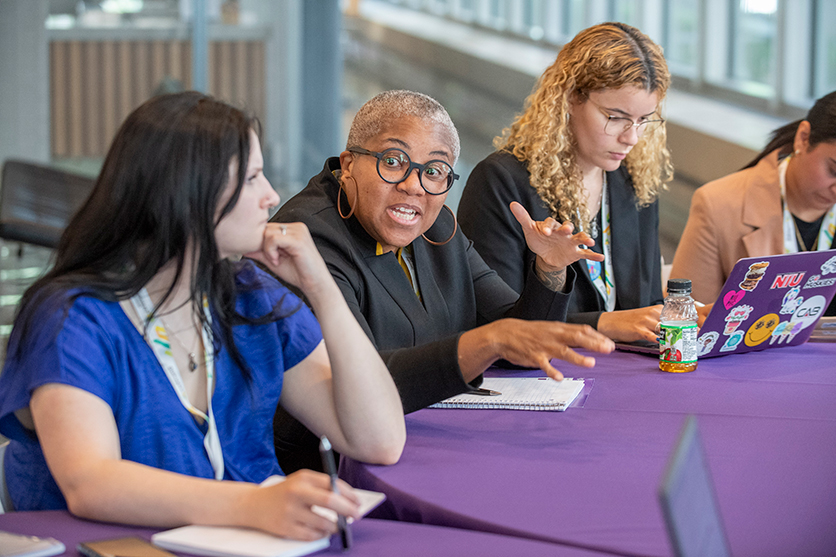
The groups returned the following day with several research questions and strategies for answering each. Those questions included:
- “Is triple exposure (breastfeeding, maternal allergen consumption during breastfeeding, and early introduction in infancy) associated with a greater reduction of food allergies to peanuts, eggs, and milk?”
- “What are the best educational resources about food allergies for clinicians and parents? Do those resources change community behavior as a whole?”
- "What are the prenatal environment risk factors associated with the development of food allergies in children, and to what extent do maternal diet, maternal health, and environmental exposures contribute to the risk?”
The overarching idea throughout the six presentations was the necessity for researchers in food allergy and other fields to collaborate.
“Harmonization is necessary, leveraging data from different studies is necessary — harmonizing that data with what we have in food allergy would be wonderful,” said Amal H. Assa'ad, MD, associate director of Allergy and Immunology at Cincinnati Children’s Hospital.
A paper summarizing the group’s findings is currently being drafted and is expected to be published in the coming months.
Summit for Advancing Equity in Food Allergy (SAEFA)
The second section of this year’s summit showcased a series of conversations on health equity, each exploring first barriers and strategies to managing food allergies. By aligning shared goals from the many perspectives of payors, clinicians, policymakers, patients, and other innovators, the discussions aimed to address the proposed key issues and create a roadmap forward. Talks unfolded across four consecutive panels: daily life, prevention, diagnosis and treatment of food allergy.
To kick off the summit, Ajanta Patel, MD, director of Chronic Disease Prevention and Health Promotion at the Chicago Department of Public Health, spoke about health equity, emphasizing that it is “a shared opportunity, not a shared challenge.”
The first session of the day, the Daily Life panel, identified key barriers to achieving health equity in food allergy management and proposed improvement strategies. Panelists discussed access to affordable allergen-free foods, time as a resource, the mental health effects of food allergy, and equal access to epinephrine and other medications.
One panelist Zacky Munoz, a 12-year-old author and food allergy activist, energetically highlighted the varied understanding of food allergies and their severity.
“As a kid, we rely on other individuals to take care of us,” Munoz said. “However, there is not a lot of education on this.”
The panel agreed on the roadmap for improvement from this panel to include better education, refined diagnosis and quality measures, and large studies for data-driven policies.
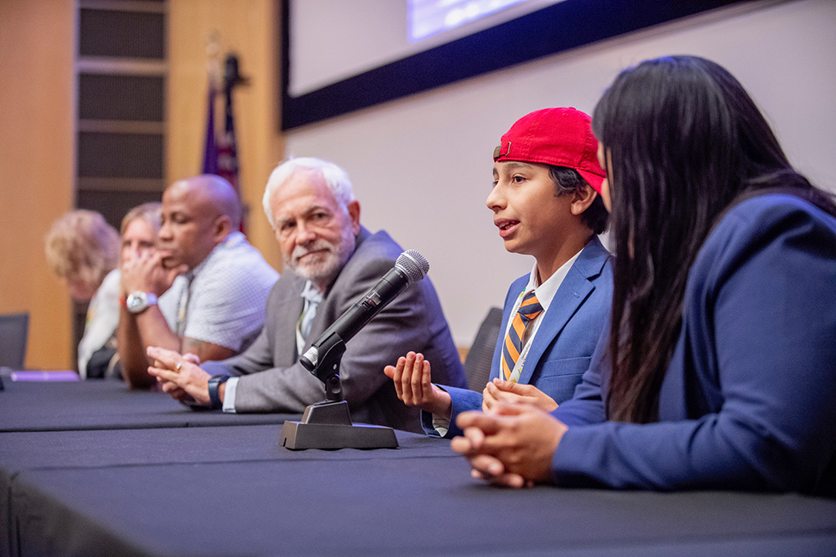
Following talks included the Prevention Panel, which featured a group of 8 experts, including industry partners, payors, clinicians and researchers. Part of their conversation focused on Medicaid's crucial role in covering prevention efforts and barriers, such as insurers demanding quick returns on investment, which are unrealistic with infant interventions. Extra emphasis was given to the need for research to demonstrate the long-term economic benefits, with calls to “start doing the research that defines the outcome” to prove the value of these early interventions.
Moderator Waheeda Samady, MD, associate professor of pediatrics at Northwestern, reiterated that imperative.
“Do the studies so that Medicaid will start supporting prevention work,” Samady said.
Although food allergies affect approximately 8% of children, less than 1% of Medicaid-enrolled children have a formal diagnosis. With only half of U.S. allergists accepting Medicaid patients, access to diagnostic services and specialists is a significant barrier. The summit aimed to reduce these barriers by advocating for increased access to allergists and additional training for pediatricians in food allergy diagnosis.
Pediatric allergist Sai R Nimmagadda, MD, associate professor of pediatrics at Northwestern, noted that, in his experience, wait times to see a specialist are due to a lack of both space and time. The panel discussed strategies that included using mobile vans to improve access and increase care in rural areas, which are particularly vulnerable to fatal anaphylaxis due to distance from care.
The final panel of the summit discussed several barriers and strategies towards equitable food allergy treatment. Panelists acknowledged that a lack of diverse allergists had led to cultural misunderstandings and mistrust, and language barriers often complicate reading food labels and navigating health insurance decisions.
Jessica M. Palmieri, DO, assistant professor of pediatrics at Northwestern highlighted that income level greatly influences families' education about the newest treatment options such as oral immunotherapy.
Emily Brown, CEO of Attane Health, stated that “treatment must be a ‘both and,’” underscoring that food and nutrition care is as critical as the emerging technologies, bringing a focus back to the intersection of food insecurity and food allergy.
Pediatric Food Allergy Care Conference (PFACC)
The Pediatric Food Allergy Care Conference gathered pediatricians, primary care providers, researchers and advocates for a day of presentations centered on the latest guidance and research on pediatric allergies. Subjects included allergy prevention, management, treatment and patient education.
Gupta welcomed the attendees and urged them to “foster a network of support and collaboration that extends beyond the conference and into practices to improve outcomes for patients and greater communities.”
Michelle Barnes, MD, FAAP, president of the Illinois chapter of the American Academy of Pediatrics and Professor of Clinical Pediatrics and Internal Medicine at the University of Illinois, delivered a morning keynote, speaking on pediatricians' role in food allergy care.
“As we stand at the forefront of children’s healthcare, our responsibilities extend far beyond diagnosis and treatment,” said Barnes. “We are the guardians of our patients’ overall well-being, their advocates, and the first line of defense against the multifaceted obstacles they encounter.”
As we stand at the forefront of children’s healthcare, our responsibilities extend far beyond diagnosis and treatment.”
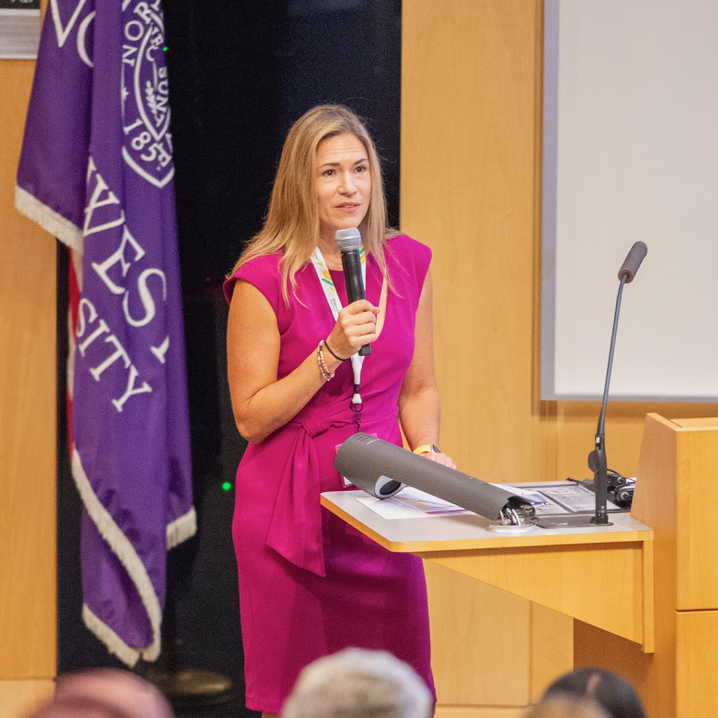
Barnes also cited the conference as a testament to the pediatric community’s commitment to advancing knowledge and improving care for children with allergies, asthma, and related conditions.
The talks, geared primarily towards primary care providers, covered a range of clinical-centric topics, including diagnostics and testing, condition management, and recent changes in treatment.
Togias, who spoke throughout the weekend, shared news on NIAID efforts and noted that Learning Early About Peanut (LEAP) was a “major breakthrough” in the world of food allergy. LEAP is a treatment protocol based on findings from a 2015 study that showed early childhood exposure to peanuts decreased the risk of developing peanut allergy.

In addition to prevention, speakers highlighted recent treatments. Palmieri, who also spoke during SAEFA, outlined appropriate ways to mediate a food allergy reaction, as well as how to recognize anaphylaxis, establishing epinephrine as first-line treatment in the case two or more body systems are reacting, and the use of antihistamines as second-line treatment.
Melissa Engel, a clinical psychology PhD student at Emory University, concluded the day with her presentation, “Psychosocial Aspects of Pediatric Food Allergy.” Engel addressed psychosocial challenges in individuals with food allergies, drawing from peer-reviewed research and patient narratives to show the psychological burden often felt by those with food allergies, including heightened anxiety and depressive symptoms.
“‘No one understands that if you have multiple severe food allergies, you lose all spontaneity,’” Engel said, quoting a study respondent. “‘You become a planner by force.’ Striking the right balance between education and adaptive caution is crucial for the well-being of patients with food allergy.”
Following the day’s talks, guests were encouraged to utilize the resources on the CFAAR website, which are designed to be shared with patients and their families and are available in multiple languages. Those resources include a food allergy passport, an emergency action plan template, food label workbooks, and tip sheets.